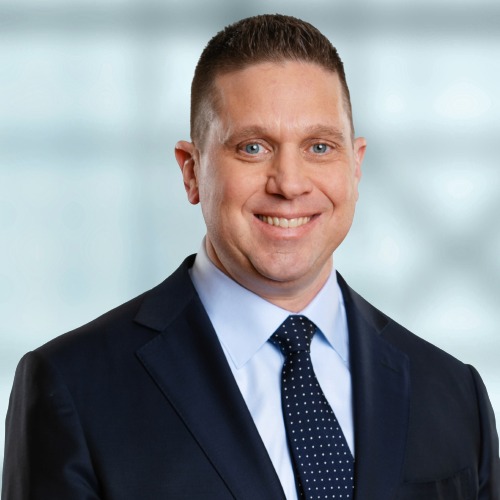The new aquatic rehabilitation sessions will treat fibromyalgia and nociplastic pain, chronic low back pain, and knee and hip osteoarthritis.
As a registered kinesiologist at the SPARC pain clinic, part of Bethany Spiers’ job is to stay up to date on the latest research around pain treatment. Usually, reading new studies leads to only minor changes to her treatment plans. But last year, as she read through the latest research, she noticed something that made her want to offer an entirely new program.
“I kept seeing aquatic rehab come up,” she says. “I saw studies over and over again that said it can be very beneficial.” A review study found it was better than typical care for chronic low back pain, and then others said the same about fibromyalgia and knee and hip osteoarthritis.
As she dug deeper into this evidence, Spiers decided she wanted to start offering aquatic rehab to patients at the Schroeder Pain Assessment and Rehabilitation Research Centre (SPARC). Fortunately, she was in the right spot in two ways. Firstly, because SPARC is committed to offering the best treatments based on the latest evidence. And secondly, because the SPARC clinic is located in the KITE and Toronto Rehabilitation Institute building, which has a rehabilitation pool.
SPARC approved the program, and Spiers got to work with one-to-one lessons last fall. On January 27, she started offering group lessons as well.
“This is a really unique and beneficial program,” she says. “I've done extensive research. I've been working on this for months to make sure I'm choosing the right exercises, the right frequency, intensity, time, type – all of it.”
The group sessions will include up to five people and run twice weekly for 10 weeks. They’re divided into three different causes of pain: fibromyalgia and nociplastic pain; chronic low back pain; and knee and hip osteoarthritis.
Each group will have a different program in the water. For example, the group with fibromyalgia will do more meditative, lower-intensity moves to help desensitize the nervous system. For those with chronic low back pain, Spiers will focus on building their flexibility and strengthening their core. For people with knee and hip osteoarthritis, she will lead them in exercises that strengthen the muscles that support those joints and expand their range of motion.
Working on these moves in the pool instead of on land helps in multiple ways, Spiers explains. “There are unique properties of water that make it really beneficial, especially for people who may find other forms of rehab too taxing or be scared of them hurting,” she says. The buoyancy of the pool makes falling less likely and takes the pressure off joints, and the resistance helps build muscle. And the heat from the water helps reduce pain (the pool is kept warmer than recreational ones).
At the beginning and end of the program, participants will do structured tests to quantify their improvement, which will likely include more strength and joint stability. “I hope to see how much their pain interferes with work and social life go down,” Spiers says.
She also believes it will improve their general well-being. “It can be very isolating to be in chronic pain,” she says. “So I'm hoping we can also create some social connections through this group and that it can be enjoyable. The program is rehab, but I also want to make it fun.”
Individuals interested in participating in this fee-for-service aquatic rehab program can contact the SPARC clinic at (416) 597-3422 ext 3625 or SparcClinic@uhn.ca for more information.




